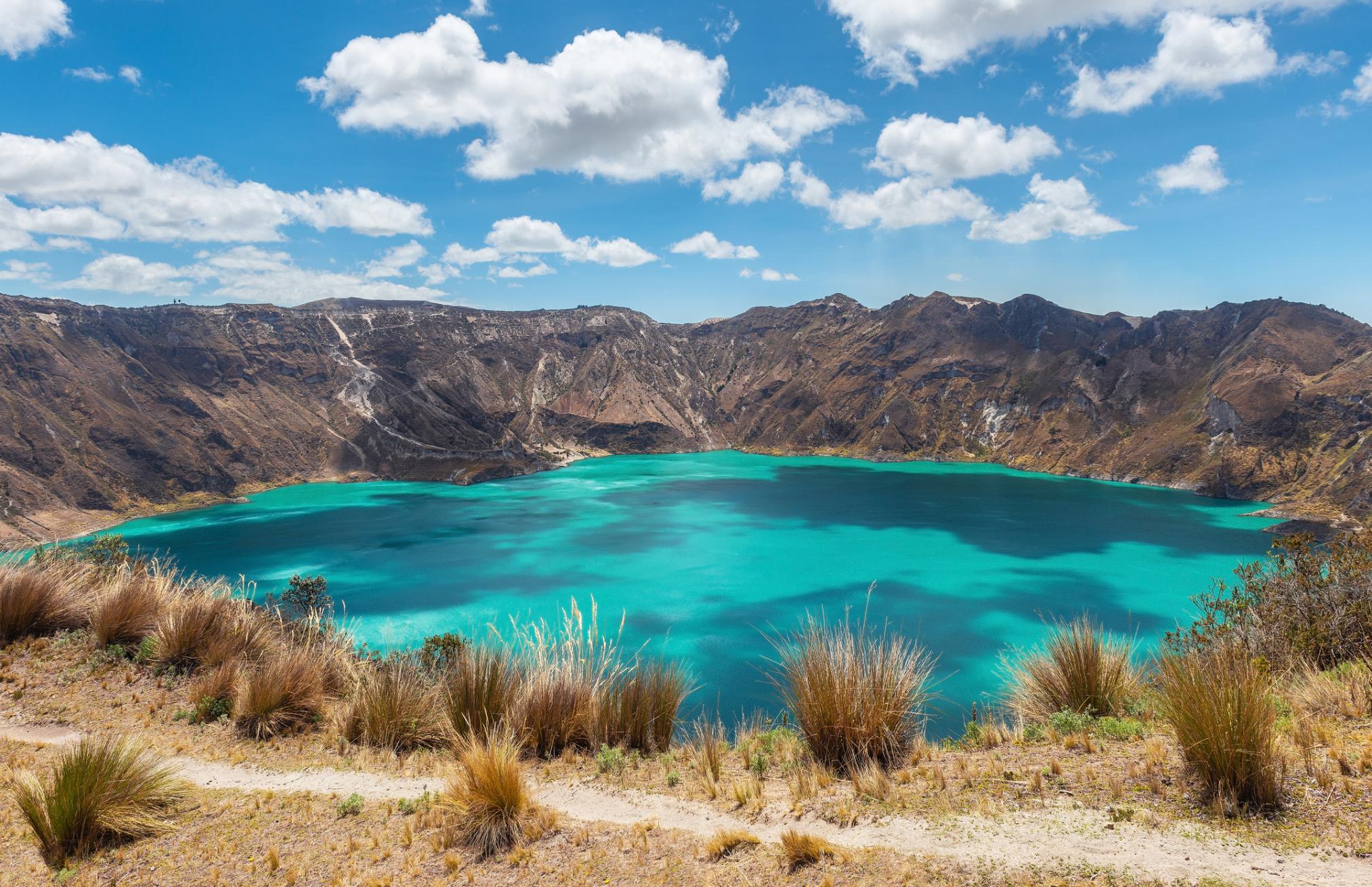The Quilotoa Loop is a network of hiking trails and roads in Ecuador's Cotopaxi province, an area of rugged Andean highland southwest of Quito. These trails take you past untouched Kichwua villages and traditionally cultivated fields; through steep canyons and up peaks carpeted in rugged grassland. The jewel in the region’s crown is Laguna Quilotoa, a deep turquoise lake within a sunken volcanic caldera, surrounded by a sheer basalt rim.
Contrary to what the name suggests, the Quilotoa Loop Hike is actually a 22 mile (35 kilometre) point-to-point hike. ‘Closing the loop’ involves travel by road.
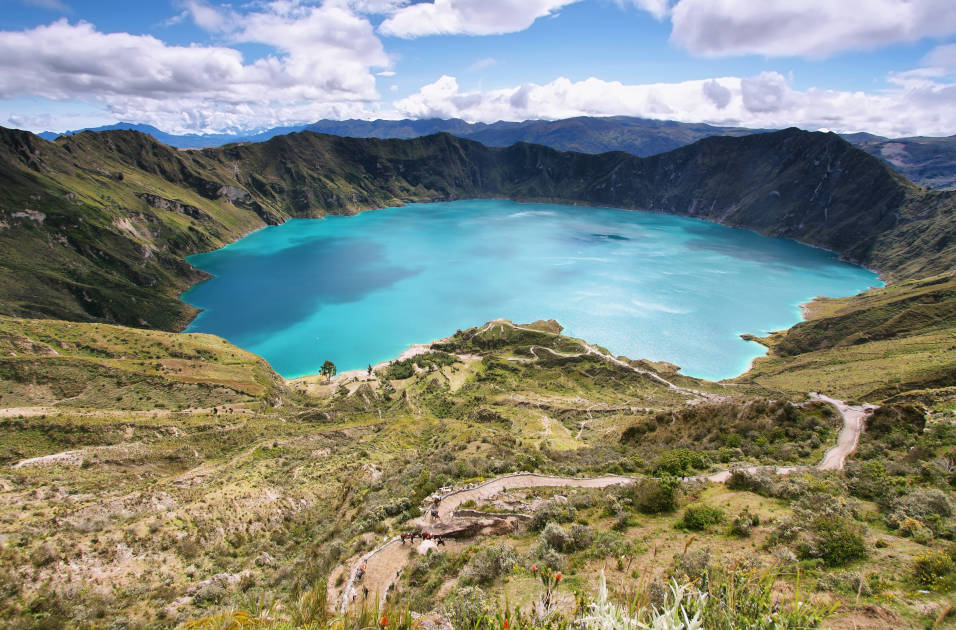
“There are two ways that you can explore the Quilotoa Loop - by car, which will take you a day, or the way we do it, on foot,” explains Henry Sisa, an Ecuadorian adventure tourism destination expert. “You go through tiny towns where it’s like time has stopped, and people still live in the old-fashioned way - and walk between them, until you reach Quilotoa.
You only need to paddle for five minutes and then you see smoke coming out of the Crater Lake.
“Because of the last eruption of the Quilotoa Volcano, canyons divide these small towns. In order to go from one town to the other town the terrain is very up and down, ranging in altitude from 2,700 metres above sea level to 3,914 metres when you reach Quilotoa rim. There's very little hiking traffic - it’s normally our group and a couple of other trekkers - and it's beautiful.”
In this guide, we’ll be examining the Quilotoa loop hike itinerary in more detail, detailing other highlights and day hikes within the reason, and providing tips to help you plan your Quilotoa trip.
Community Tourism in the Quilotoa Loop
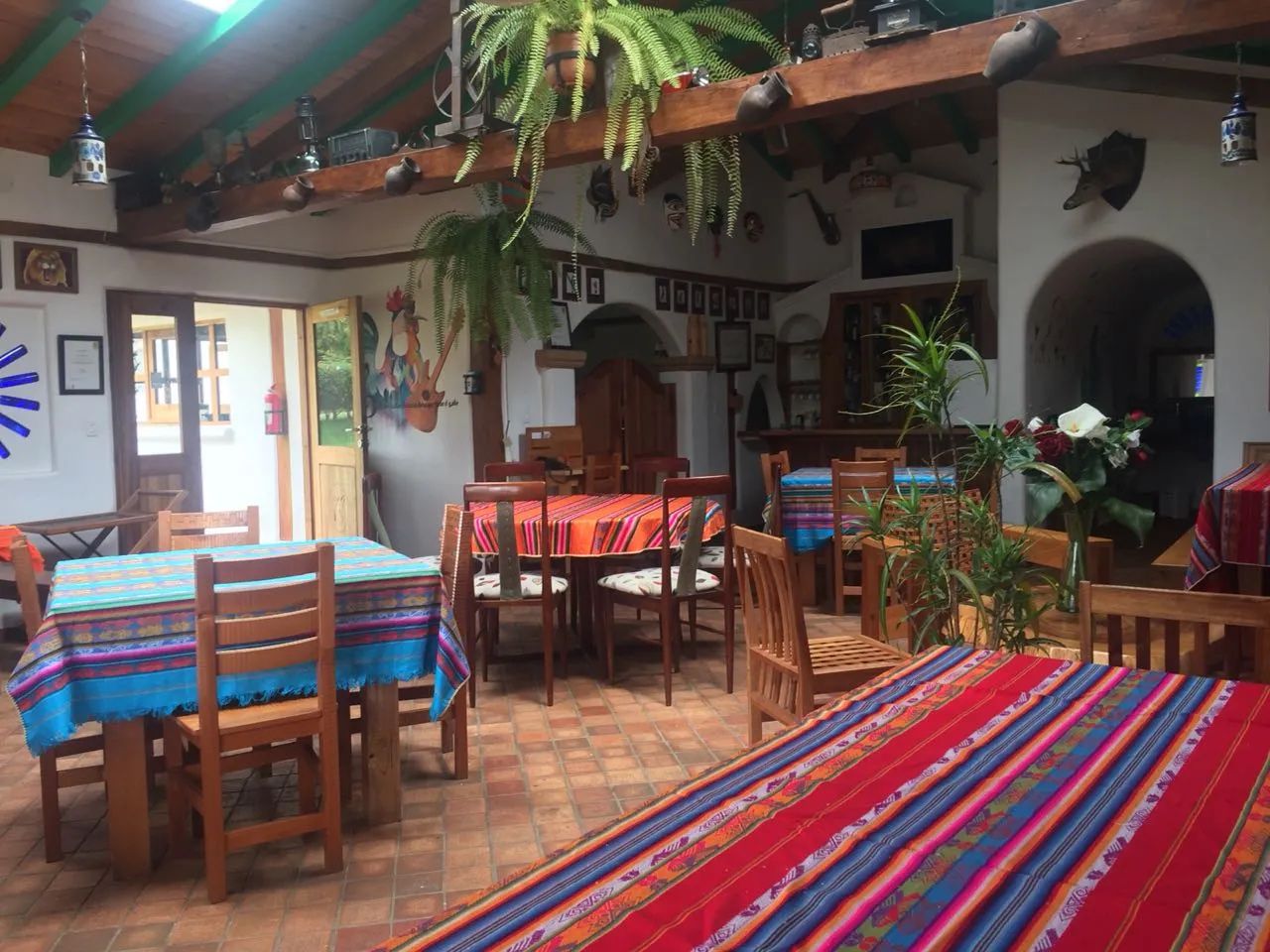
According to Henry, the Quilotoa Loop hike was started by the local villagers themselves.
The only way to hike is to stay in these lodges - so money goes directly to the community.
“If you look on the map, you will see how close Quilotoa is to Cotopaxi,” he says. “Travellers hiking Cotopaxi Volcano became interested in exploring the surrounding area further. There were no places to stay, but people wanted to trek. In some of these towns, local people started to develop homestays and hostels. The only way to hike is to stay in these lodges - so money goes directly to the community.

“There are a lot of community projects now in the villages. Quilotoa Lake itself is run by the community. It is within the National Park - but the community is the one that's getting the benefit of the visitors when they go there.”
When you hike the Quilotoa Loop, remember that your tourism dollars generate vital revenue for local communities. So take time out to shop for traditional handicrafts in the village markets, and to buy snacks and refreshments from local stalls. Your homestay owners or hiking guide will introduce you to the best community tourism projects in the surrounding area.
The Hike: Three Day Quilotoa Loop Itinerary
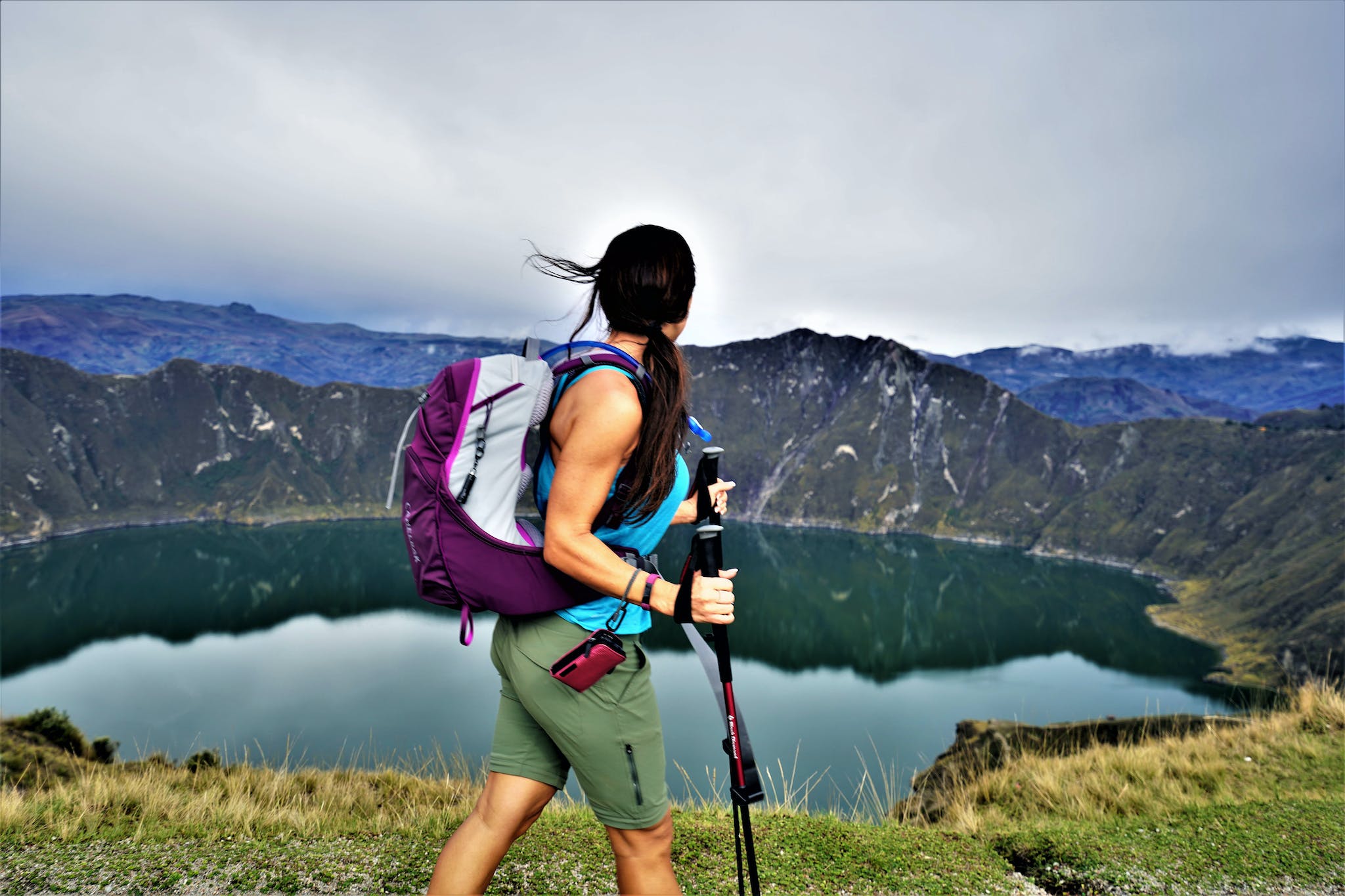
The Quilotoa Loop can be hiked in either direction, but most people choose to start in Sigchos and hike southwards, so the trip culminates in a visit to Quilotoa Lake.
The hike is typically divided into three stages. Although daily distances might seem short compared to other long distance hikes, this allows you to spend more time exploring the indigenous communities you stay in. It’s also worth noting that the trek takes place at high altitude, over undulating terrain - both of which can slow progress.
Day One: Sigchos to Isinlivi
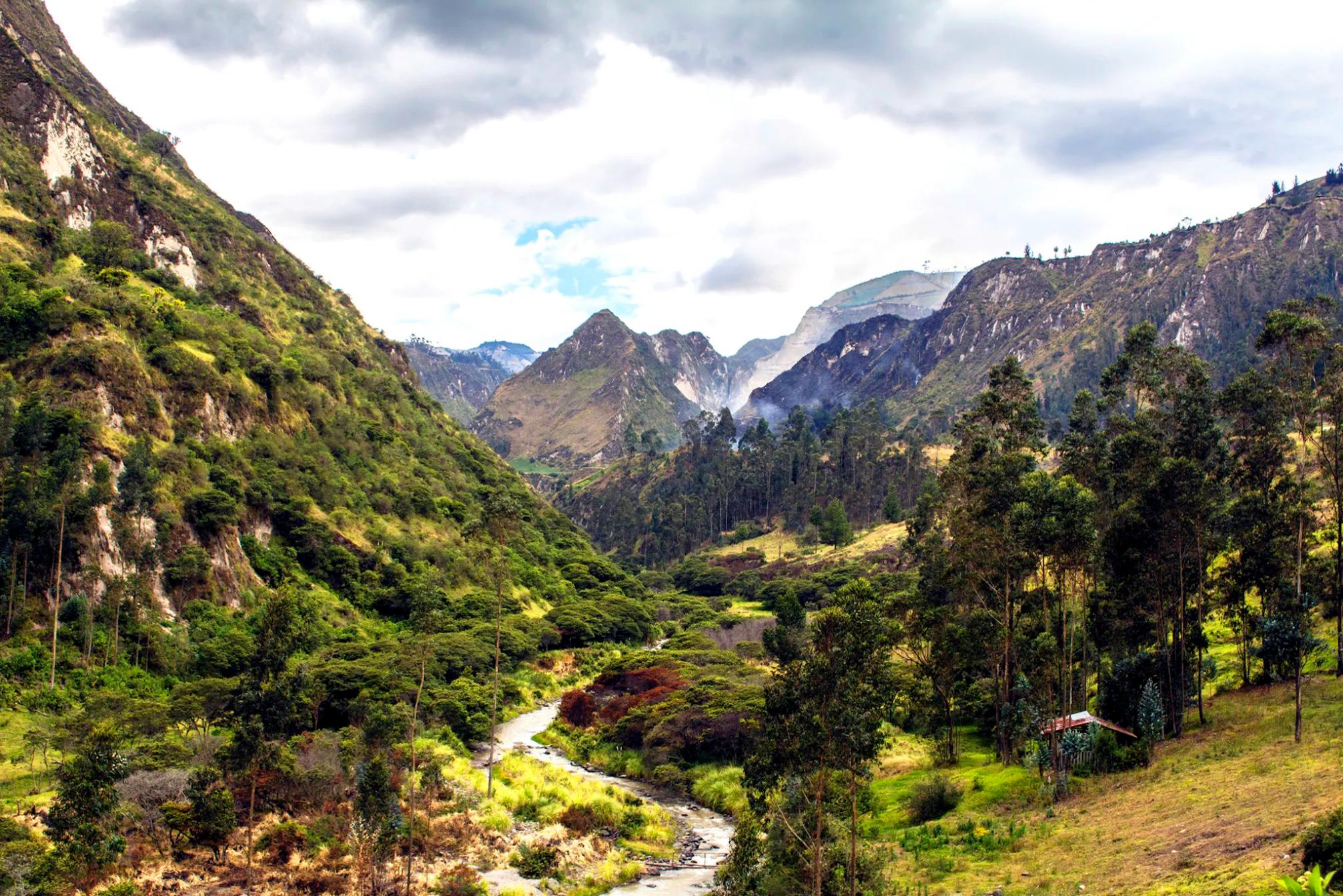
- Distance: 7.4 miles (12km)
- Walking time: 4 hours
- Elevation: 300m up
The trailhead for the start of the Quilotoa Loop can be found south-east of the small village of Sigchos, demarcated by a red and yellow signposts.
You’ll navigate trails through farmland, along cornfields and slowly descend towards the river, which you’ll cross via a concrete bridge. The views from the valley are stunning and most of the people who live in the villages along the route have lived in the region their whole life, maintaining traditional practices.
After hiking through the valley you’ll rejoin the road, and turn right towards your destination for the night - Isinlivi. “There's only one lodging service, which is this place called Lulu Llama,” Henry says. “It’s remote; there’s no restaurants so meals are included. They embrace you with warmth and want you to feel at home.
Through Lulu Llama you can arrange activities such as horseback riding and visits to the local community, including to traditional farms and to a men’s woodworking collective.
Day Two: Isinlivi to Chugchilan
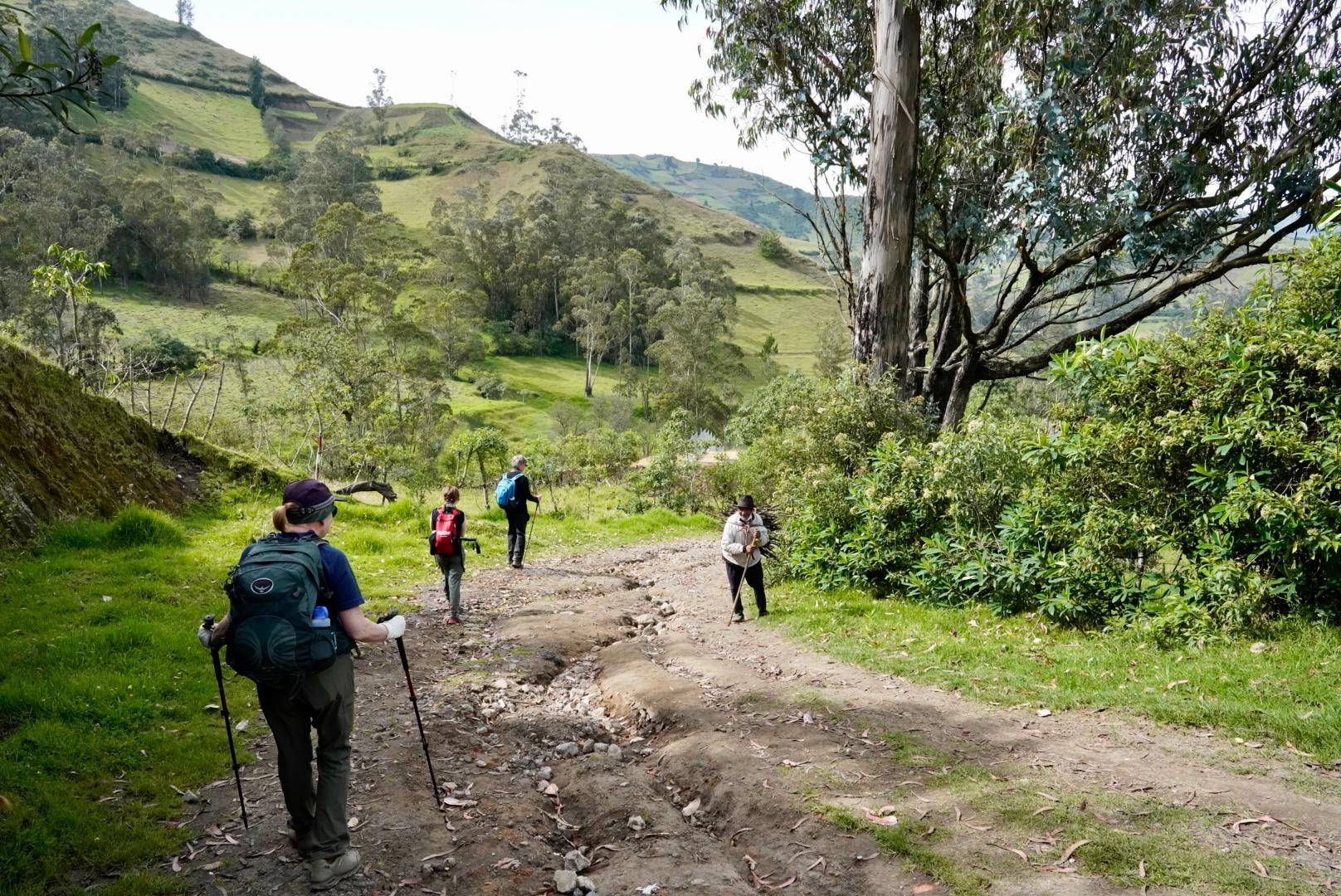
- Distance: 8 miles (13km)
- Walking time: 5-6 hours
- Elevation: 300m up/ 400m down
Leaving Isinlivi behind, you’ll trek through the rugged Andean landscape towards the Toachi Canyon, catching glimpses of indigenous hamlets on the way, with villagers working in the fields. Beyond these cultivated hillsides are the mountains - on a clear day you might be able to see the snow-capped peak of Chimborazo. Hike downhill towards Toachi River and continue through the canyon to the small town of Chugchilán.
There is a beautiful dish that everyone loves called locro de papa; a potato, cheese and avocado soup.
“The homestay in Chugchilán is called Mama Hilda's, named after the lady who originally opened her house for visitors,’ Henry says. “It’s incredible because she’s still there - it’s a family-run business and the food is spectacular. There is a beautiful dish that everyone loves called locro de papa; a potato, cheese and avocado soup. The kitchen area right now is where they used to live - you sit down at tables that are still here from past generations. So It's very cosy.”
Day Three: Chugchilán to Quilotoa
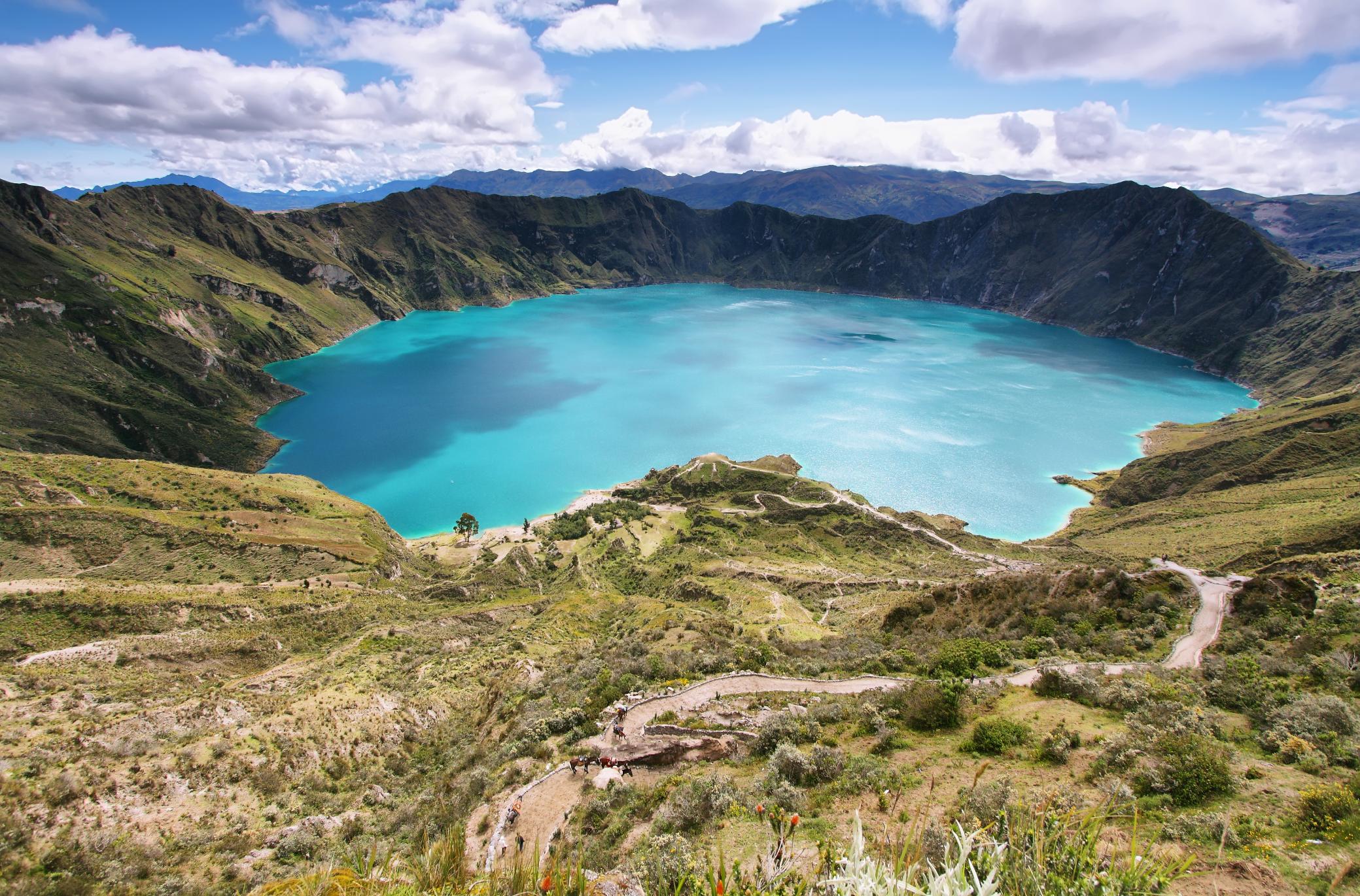
- Distance: 6.8km (11 miles)
- Walking time: 5 hours
- Elevation: 975m up/ 200m down
This is the most challenging section of the hike, thanks to the steep ascent to the rim of Quilotoa crater. Leaving Chugchilán, you’ll climb down into the canyon then scramble up to the top of the crater rim, where you’ll be rewarded with a spectacular view of the turquoise blue waters of the lake below.

If time allows, you can hike down to the lake and hire a kayak. Henry says: ”you only need to paddle for five minutes and then you see smoke coming out of the Crater Lake. That's just amazing. It's been like this for the last four thousand years.”
After this, continue on with your journey or spend the night at Quilotoa Village.
Planning Your Trip
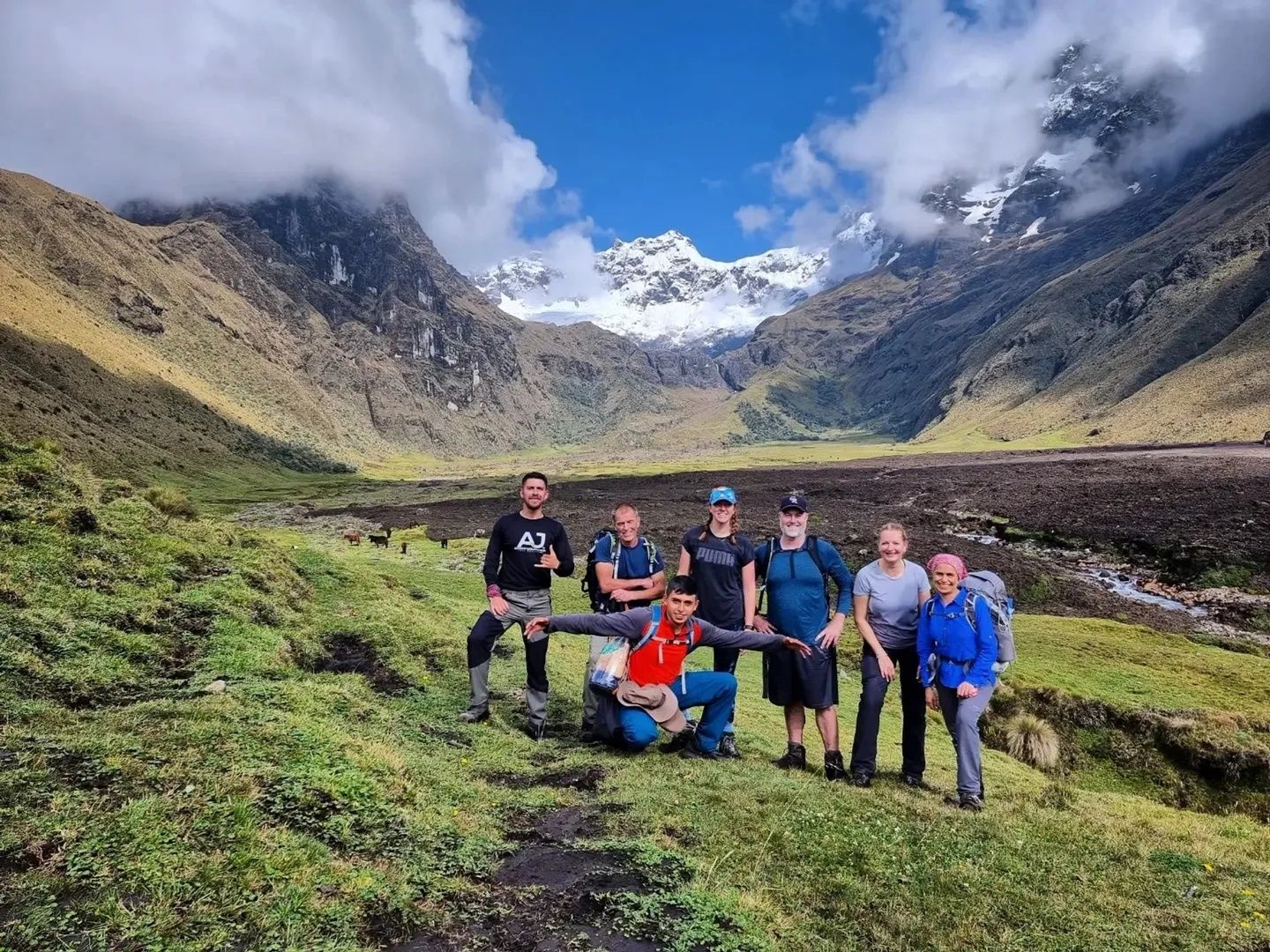
The Best Time to Hike the Quilotoa Loop
The best time to hike the Quilotoa Loop is in the dry season for the Ecuadorian Highlands, which runs from June to September. However, this is also the high season on the trail, meaning it is the busiest season. With limited accommodation options, you will need to book ahead. The shoulder seasons, April to May and October to November, also have pleasant weather and fewer people on the trails.
The weather is pretty nice most of the year in Quilotoa...
When hiking the Quilotoa Loop, come prepared for the unpredictable weather conditions that occur at high altitudes. Even during the dry season we’d recommend a waterproof jacket. However, Henry is quick to point out that the Quilotoa Loop can be hiked all year.
“Ecuador is crossed by the equator. We have no seasons,” he says. “Temperature depends on the altitude. There’s the same amount of daylight all year long - it's light at 7am and dark by 7pm. I would say the weather is pretty nice most of the year in Quilotoa - these areas are a little bit drier than the rest of Ecuador because we are approaching the west.”
Getting There
The gateway town to the Quilotoa Loop is Latacunga. There are buses from Quito’s Quitumbe Terminal to Latacunga, leaving roughly every 30 minutes - the journey takes 90 minutes and costs between $2 to $4. You can also take a taxi, which is an affordable option if you’re travelling as part of a group, and takes around an hour.
From Latacunga take a direct bus to Sigchos, the village at the startpoint of the hike - another 90 minute journey. They are scheduled to run every one to two hours, but schedules are subject to change.
Getting Back
Chances are you’ll end the hike at Quilotoa. Catch a colectivo (shared pick-up taxi) to the nearby market town of Zumbahua, and from there catch a bus back to Latacunga. For a more convenient option, Quilotoa is also serviced by both Ecuador Hop and Wanderbus, private hop-on-hop off buses linking Quilotoa with other points of interest such as Cotopaxi and Quito.
Do I Need Permits or to Pay Entrance Fees?
No permits are required for hiking the Quilotoa Loop. However, you will need to pay an entrance fee of a few dollars to access Quilotoa Lake. The money goes directly to the local community.

Do I Need a Guide to Hike the Quilotoa Loop?
The Quilotoa Loop is fairly well signposted, and can be hiked independently with a decent map. However, hiking with a guide (or as part of a small group trip) means you will learn more about the local landscape and culture, plus your logistics will be sorted for you, and gear can be transported by mule or by horse.
Cultural Highlights of the Quilotoa Loop
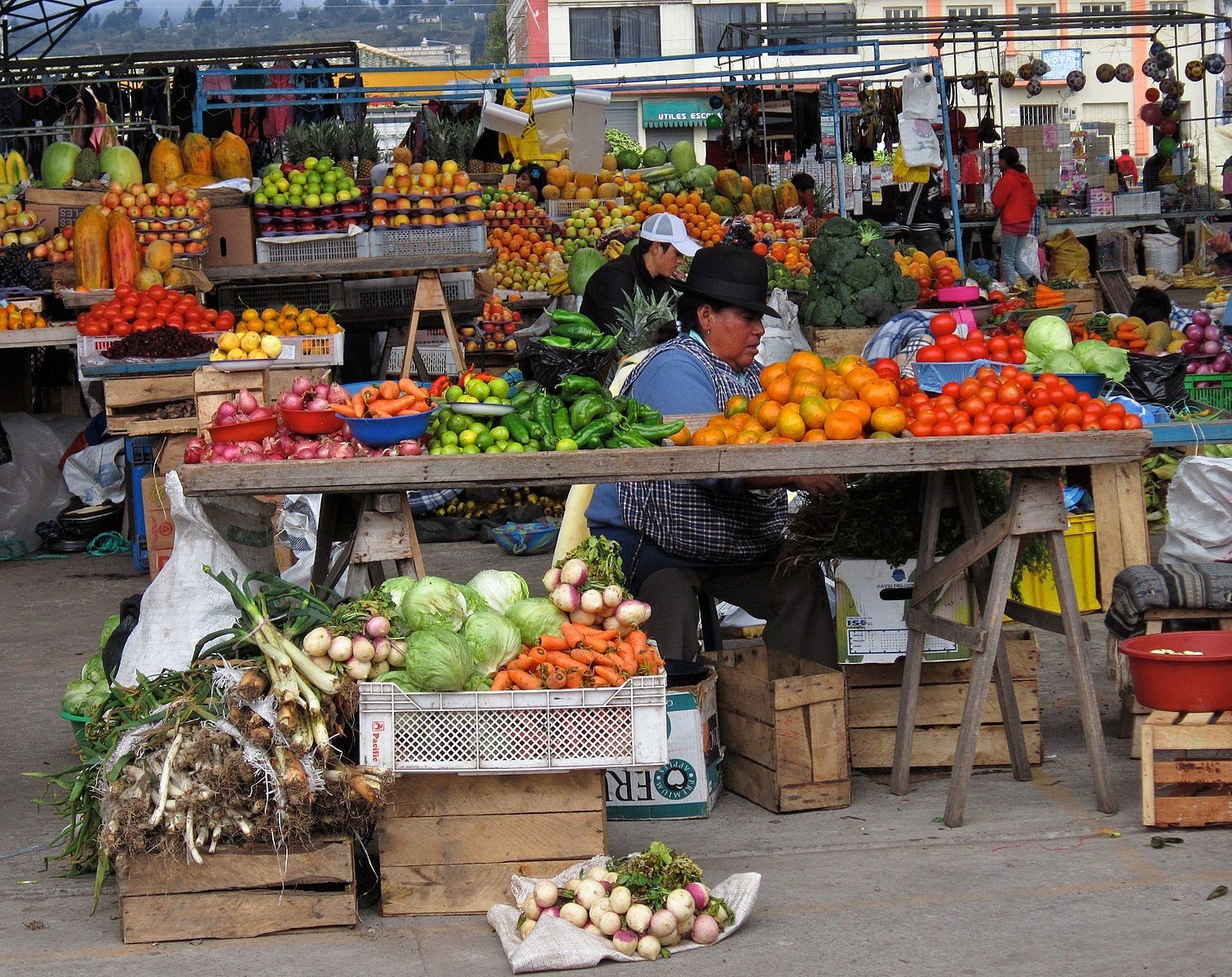
Visit Saquisili Market
Saquisili Market is the largest indigenous market in Ecuador, set against the backdrop of the Andes Mountains and taking place every Thursday. It’s spread over seven plazas, where vendors sell everything from fresh produce to hand woven baskets and handicrafts. The market can be reached by bus from Isinlivi.
There are also markets in Latacunga (Tuesday and Saturday) and Pujili (Sunday and Wednesday) if your schedule doesn’t permit a Thursday visit to Saquisili.
Watch Traditional Cheese Being Made in Isinlivi
After a 45 minute hike up the hill from Isinlivi you’ll reach the farm of Señora Magaly Hernandez, whose family has been making fresh cheese for over 45 years. Magaly raises her own cows, but also collects milk from the surrounding farm. For a small fee you can watch the cheese being made - arrive at 10.30am and you’ll see it being poured into the moulds and pressed.
Browse Tigua Folk Art
Tigua is a tiny town south of Quilotoa, which is renowned for its folk art. Several shops sell colourful paintings on sheepskins, and vibrantly painted animal masks are also for sale. The gallery of Julio Toaquiza - the first folk painter in Tigua - is a definite highlight.
What to Pack
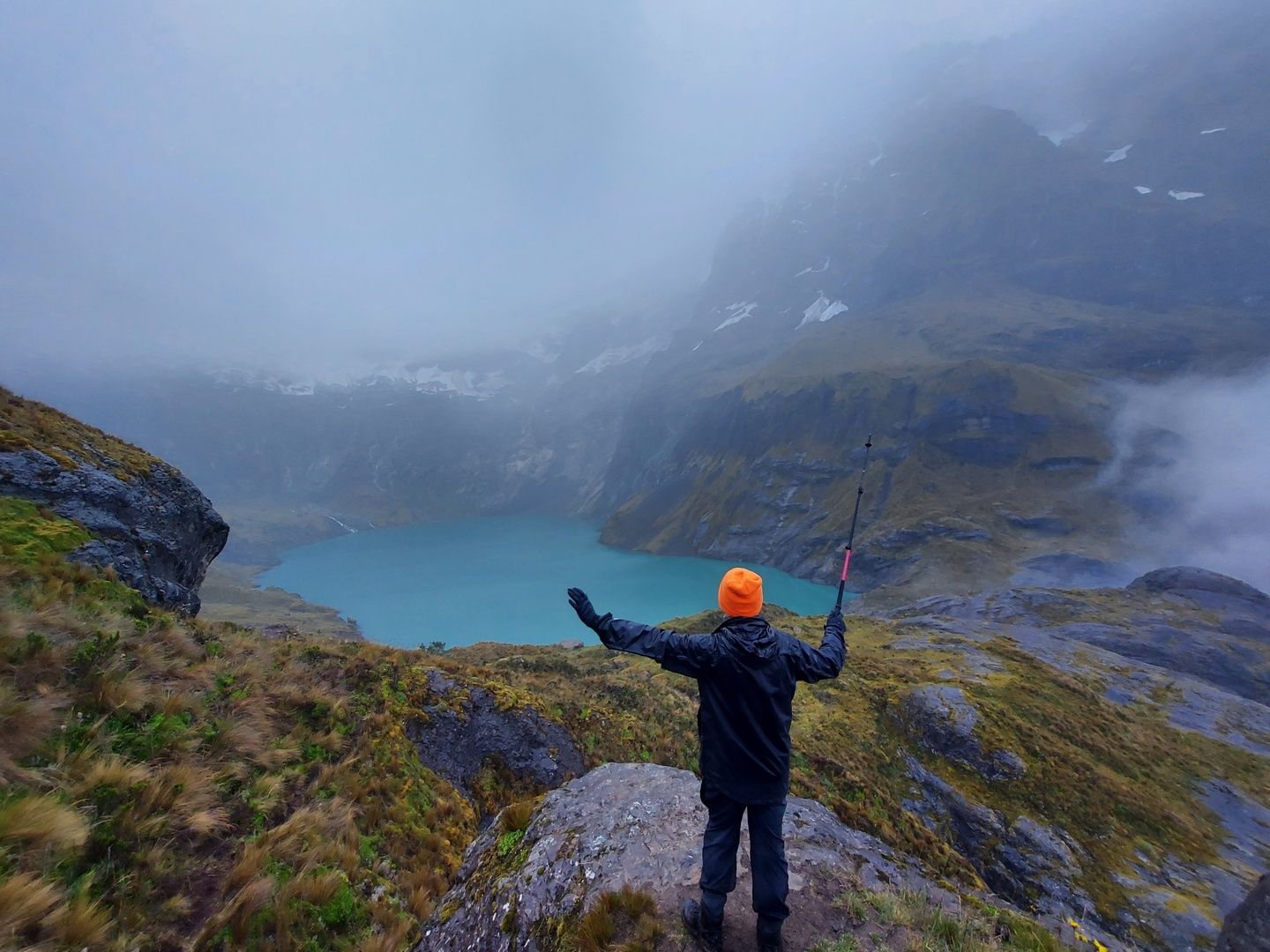
The key to a successful Quilotoa Loop trek is to pack light - especially if you’re trekking independently and have to carry your own gear - but be prepared for the changeable weather. We recommend bringing:
- Waterproof hiking boots (worn in)
- Waterproof jacket
- Lightweight down jacket
- Breathable wicking layers
- Sunhat
- Winter hat
For a full packing list, check out the ‘kit list’ section of our Trek Across the Ecuadorian Andes adventure holiday.
Useful Tips for Hiking the Quilotoa Loop
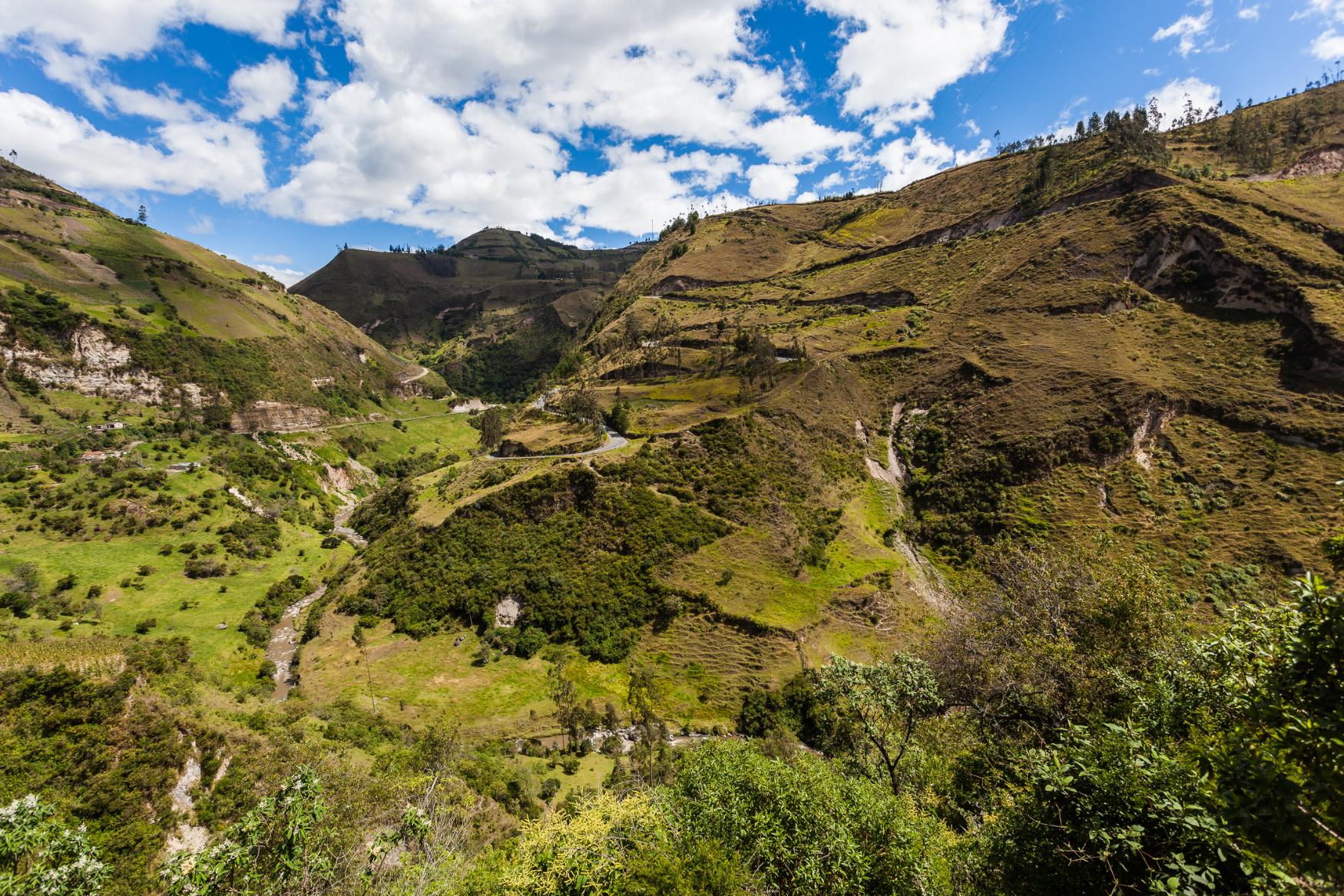
1. Give Yourself Time to Acclimatise
Don’t underestimate the high altitude of this trip. It’s important to make sure you’re well acclimatised before setting out. Henry recommends a day hike in nearby Cotopaxi National Park to help with this process. Staying well hydrated also helps.
2. Bring Cash
There are no cash points along the Quilotoa Loop trek, so make sure you bring cash with you. Smaller bills are preferable - smaller establishments won’t have sufficient change for larger notes.
3. Start Hiking Early
Rain in the Ecuadorian Highlands often happens in the afternoon, so this is the best way to avoid being caught in a downpour.
4. Look Out For Dogs
Trekkers have reported being followed by dogs as they enter or leave villages. While this is something animal lovers will appreciate, other trekkers might feel differently. The official Quilotoa Loop website has some advice for getting the dogs on the trail to leave you alone.
5. Don’t Rush
Although it might feel feasible to do this hike in two days, we don’t recommend it. You’ll miss out on the homestay accommodation that makes this trip unique, and won’t have time to explore the villages. It’s also important to leave enough time to enjoy the views at the top of Quilotoa. There are hikes and viewpoints around the crater rim, if you want to explore further.
Read more:
- The New 266km Bikepacking Route Through the Cairngorms
- The 200km Bikepacking Route Through Snowdonia
- The Huge New Cycling Adventure on the Yorkshire coast
- The 675km Hiking Trail Through the Heart of Jordan
Inspired? Hike the Quilotoa Loop and beyond with us on our Trek Across the Ecuadorian Andes.


